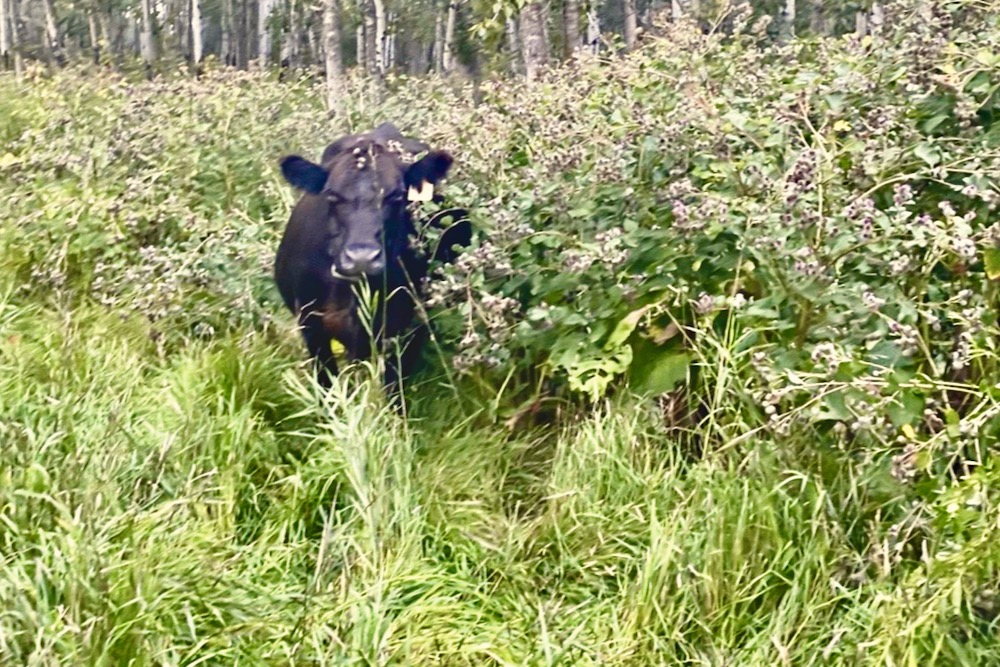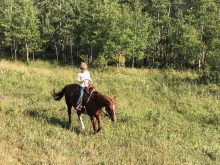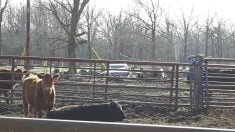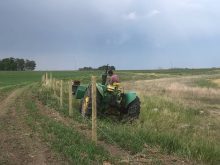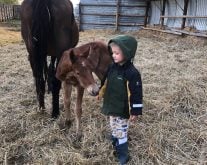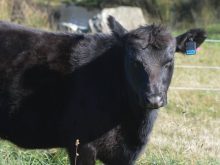Western Canadian livestock producers looking to control weeds on pasture should consider an integrated pasture management program that uses several tools from the tool box, says a specialties business leader with Corteva Agriscience.
Mark Versluys says applying a herbicide to knock back some of the more difficult weeds is an excellent start, but that needs to be followed by grazing management that supports a healthy, vigorously growing forage stand to compete with weeds.
Versluys says Canada thistle, for example, is a tenacious weed that if left uncontrolled can progressively take over pasture .
Read Also
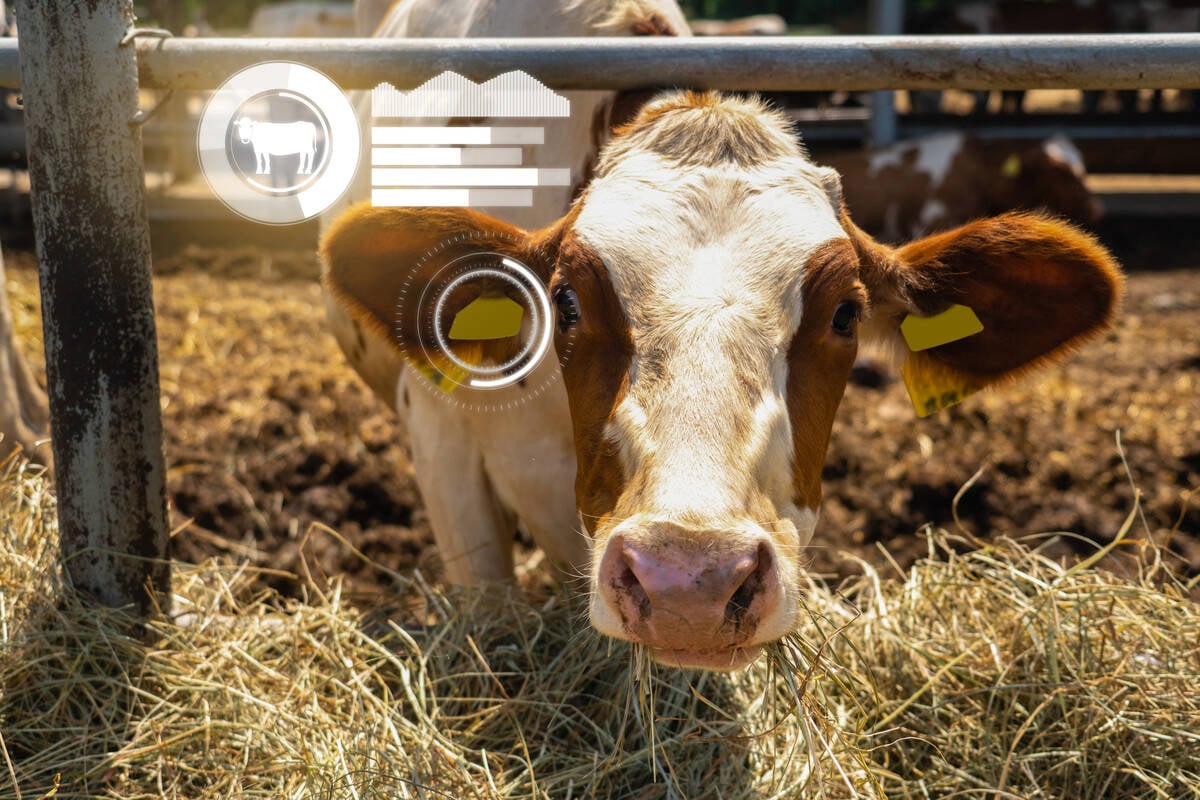
Cows in the cloud
Beef cattle herd management software has become an essential tool over 15 years for Lonesome Dove Ranch in Saskatchewan.
“Just from my own observation I have watched an area of grassland that four years ago perhaps had about a 10 per cent infestation of Canada thistle, and now it is about 40 per cent. It is an area where people don’t want to apply control measures, but it gets worse every year.”
All weeds have their reproductive strengths, but Canada thistle is well-designed to take over pasture. Its roots can grow anywhere from six to 18 feet deep, and can also spread up to 20 feet in lateral growth.
“Canada thistle is particularly problematic as it can reproduce from shoots that can pop up within 15 to 20 feet of the main plant and it can also reproduce with seed distribution,” says Versluys. “An individual plant can produce up to 5,000 seeds and those seeds can germinate within 10 days. Once it gets established, it easily spreads.”
Versluys recommends a control program for a particularly heavy infestation of Canada thistle that starts with an application of herbicide such as Corteva’s Grazon to first knock the weed to its knees.
Grazon will control the above-ground growth, but also has residual soil activity to control new sprouts and newly germinated seeds the following year. Timing of herbicide application can vary. An application in July is effective when new thistle plants have emerged. After fluff (when seeds have been released) can also be an effective time. “And in early fall, after a first good frost, when the thistle plants are working to store nutrients in their roots is a good time to apply herbicide so it can be drawn into the plants as well,” says Versluys.
Along with the herbicide application, Versluys recommends managing pasture to encourage a competitive forage stand. Fertilizer can be applied to support growth of forages. Summer and winter livestock management that keeps manure and urine on pasture is another valuable nutrient source.
“And it is important to manage grazing during the year to avoid disturbing the soil which gives the weed an opportunity to establish in the first place” says Versluys.
“Herbicide in itself is no silver bullet for weed control, but it can be an effective tool when used in combination with proper fertility and good grazing management which encourages a vigorously growing and competitive forage stand.”
There is good weed control information on the company website and producers can also contact the company’s range and pasture specialists and regional account managers to discuss weed control options.

